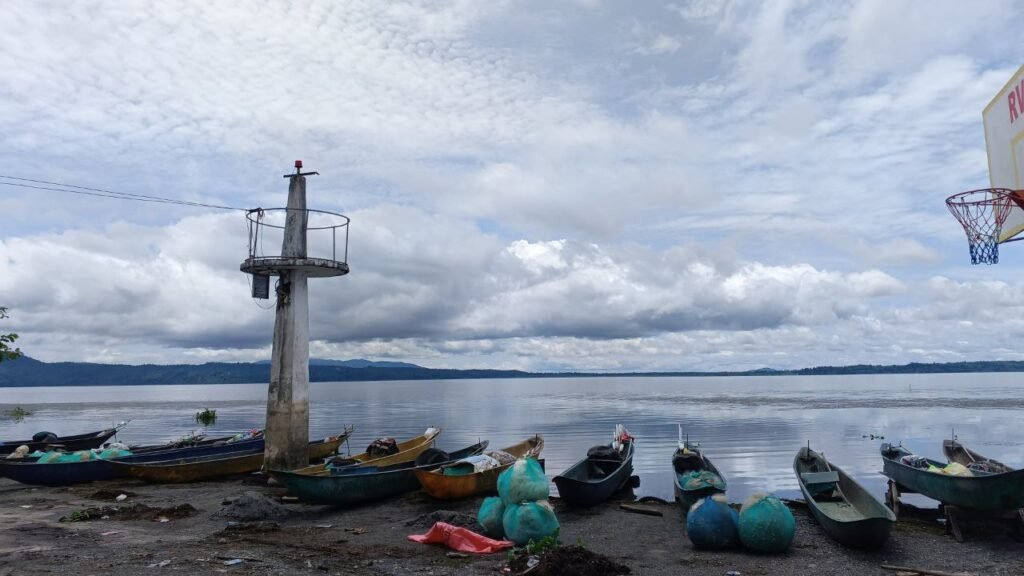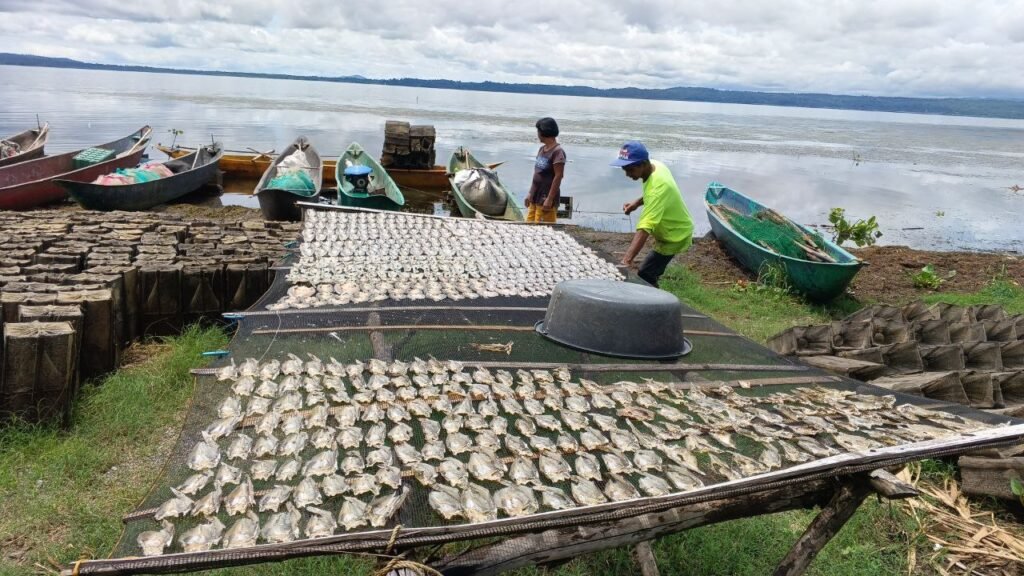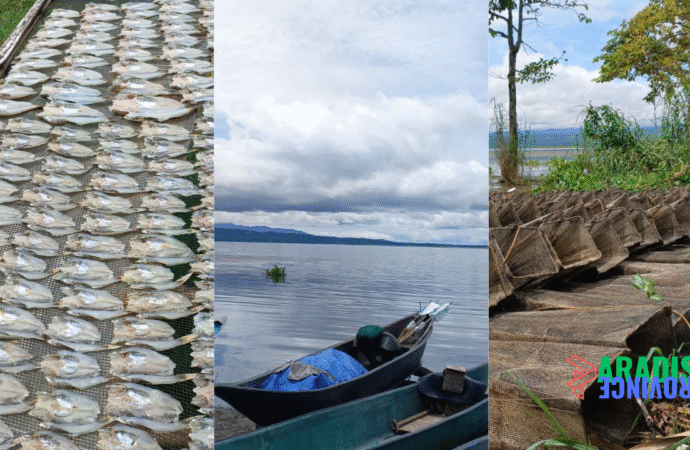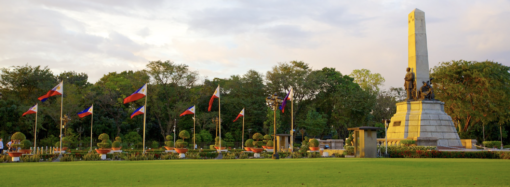Lake Naujan, the fifth-largest lake in the Philippines, is a hidden treasure of Oriental Mindoro. Where nature and community thrive side by side. Its rivers and waters not only shape the landscape but also sustain the livelihoods of local families through fishing, farming, and traditional practices. “Lake Naujan Uncovered: Rivers, Livelihood, and Communities” reveals how
Lake Naujan, the fifth-largest lake in the Philippines, is a hidden treasure of Oriental Mindoro. Where nature and community thrive side by side. Its rivers and waters not only shape the landscape but also sustain the livelihoods of local families through fishing, farming, and traditional practices. “Lake Naujan Uncovered: Rivers, Livelihood, and Communities” reveals how this natural wonder is more than just a scenic destination — it is a lifeline that connects people, culture, and the environment in one harmonious story.
Lake Naujan
At the core of Oriental Mindoro lies Lake Naujan, one of the Philippines’ most remarkable natural treasures. As the nation’s fifth-largest lake, it boasts not only stunning landscapes but also plays a crucial role in sustaining nearby communities. Its tranquil waters, mirroring the sky and surrounding mountains, provide a sanctuary for diverse wildlife while serving as a primary source of livelihood for local fishermen. Beyond its beauty, Lake Naujan stands as a peaceful haven where nature and people coexist, reflecting both ecological significance and cultural heritage.

Flowing gently from the mountains of Oriental Mindoro, the Naujan River has long been a lifeline for the people of Naujan town. Its clear waters wind through rice fields and villages, nourishing the land and providing a steady source of livelihood for farmers and fishermen alike. Generations of locals have grown up along its banks, learning to fish, swim, and gather by the river as part of their daily lives.
But beyond its role in sustaining the community, the Naujan River is also a place of stories and memories. Elders tell tales of how the river has shaped their town’s history, from being a passage for trade to a source of strength during difficult times. Today, it continues to stand as both a natural treasure and a cultural symbol — a reminder that rivers are more than waterways; they are threads that bind communities, traditions, and nature together.
A Community Bound by Tradition and Livelihood in Naujan

The essence of Naujan’s community life comes alive. Locals gather under the shade of a tree, working together while sharing stories and simple moments. The man at the center is seen crafting or repairing fishing gear, a reflection of the community’s deep connection to Lake Naujan as a source of livelihood. Around him, family and neighbors sit together, showing the warmth, cooperation, and closeness that define small-town living. This scene captures not just daily work but also the spirit of unity where livelihood, family, and tradition intertwine to sustain both people and culture in Naujan.

In Naujan, fishermen commonly use the “bobo”, a traditional fish trap that works with a non-return valve system. Typically made from bamboo, wire mesh, or other durable materials, the bobo is designed to let fish swim in but prevents them from getting out. This time-tested tool has been handed down through generations, offering a sustainable way of harvesting fish from Lake Naujan. More than just a fishing device, the bobo symbolizes the creativity and resilience of the community, showcasing how traditional knowledge and local practices continue to sustain the livelihood of Naujan’s people.
A Traditional Livelihood by Lake Naujan

A familiar sight along the shores of Lake Naujan is the careful arrangement of freshly caught fish left to dry beneath the sun. For many households, fishing is more than just their primary source of income it is a tradition handed down through generations. The production of sun-dried fish, locally called daing or tuyo, remains a staple livelihood that not only provides food for families but also links them to local markets. With boats anchored by the lake and their daily catch spread out to dry, this way of life reflects the determination, ingenuity, and resilience of the Naujan people, who transform the lake’s bounty into both nourishment and livelihood.
Mindoro is more than just a land of natural beauty it is a place where rivers give life, communities thrive, and traditions endure. The island’s landscapes are deeply intertwined with the livelihoods of its people, from fishing along Lake Naujan to farming in its fertile plains. These everyday practices reflect resilience, resourcefulness, and a strong connection between nature and community. Truly, uncovering Mindoro means discovering not only its breathtaking scenery but also the stories of its people whose lives and culture continue to flow like the rivers that sustain them.







Leave a Comment
Your email address will not be published. Required fields are marked with *